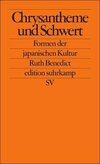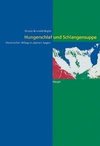
-
 Anglický jazyk
Anglický jazyk
History of New Zealand
Autor: Source: Wikipedia
Source: Wikipedia. Pages: 72. Chapters: Seal hunting, Timeline of New Zealand history, Maori protest movement, New Zealand Company, 1981 South Africa rugby union tour of New Zealand, New Zealand land confiscations, First voyage of James Cook, List of New... Viac o knihe
Na objednávku, dodanie 2-4 týždne
20.07 €
bežná cena: 22.30 €
O knihe
Source: Wikipedia. Pages: 72. Chapters: Seal hunting, Timeline of New Zealand history, Maori protest movement, New Zealand Company, 1981 South Africa rugby union tour of New Zealand, New Zealand land confiscations, First voyage of James Cook, List of New Zealand disasters by death toll, Prior to 1800 in New Zealand, 2006 Fox journalists kidnapping, Pakeha settlers, 2004 Israel - New Zealand spy scandal, Sealers' War, New Zealand pound, Timeline of New Zealand's links with Antarctica, Maori King Movement, List of years in New Zealand, Mokomokai, Parkhurst apprentices, 1951 New Zealand waterfront dispute, New Zealand Centennial Exhibition, Nga Tamatoa, History of education in New Zealand, Postage stamps and postal history of New Zealand, UFO sightings in New Zealand, Native schools, Tamil bell, Mission House, History of cycling in New Zealand, Te Heuheu Tukino IV, Te Waimate mission, Nunuku-whenua, New Zealand and South Seas International Exhibition, Wellington Group, New Zealand and South Seas Exhibition. Excerpt: Seal hunting, or sealing, is the personal or commercial hunting of seals. The hunt is currently practiced in five countries: Canada, where most of the world's seal hunting takes place, Namibia,DI the Danish region Greenland, Norway and Russia. Canada's largest market for seals is Norway (through GC Rieber AS). The Canadian Department of Fisheries and Oceans (DFO) regulates the seal hunt in Canada. It sets quotas (total allowable catch-TAC), monitors the hunt, studies the seal population, works with the Canadian Sealing Association to train sealers on new regulations, and promotes sealing through its website and spokespeople. The DFO set kill quotas of 270,000 seals in 2007, 275,000 in 2008, 280,000 in 2009, and 330,000 in 2010. The actual kills in recent years have been less than the quotas: 82,800 in 2007, 217,800 in 2008, 72,400 in 2009, and 67,000 in 2010. In 2007, Norway claimed that 29,000 harp seals were killed in its seal hunt, and Russia and Greenland claimed that 5,476 and 90,000 seals were killed in 2007, respectively. Harp seal populations in the northwest Atlantic declined to approximately 2 million in the late 1960s as a result of Canada's annual kill rates that averaged over 291,000 from 1952 to 1970. Conservationists demanded reduced rates of killing and stronger regulations to avert the extinction of the harp seals. In response, in 1971, the Canadian government instituted a quota system, though penalties are not imposed for exceeding the quota. A 2007 population survey conducted by the Canadian Department of Fisheries and Oceans (DFO) estimated the current population at 5.5 million (95% CI 3.8 million - 7.1 million). It is illegal in Canada to hunt newborn harp seals (whitecoats) and young hooded seals (bluebacks). When the seal pups begin to molt their downy white fur at the age of 12-14 days, they are called "ragged-jacket" and can be commercially hunted. After molting, the seals are called "beaters", named for the way they beat the water with thei
- Vydavateľstvo: Books LLC, Reference Series
- Rok vydania: 2013
- Formát: Paperback
- Rozmer: 246 x 189 mm
- Jazyk: Anglický jazyk
- ISBN: 9781156773932
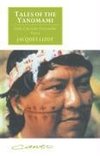
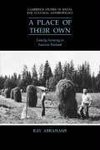
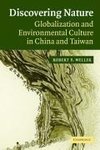

 Nemecký jazyk
Nemecký jazyk 


